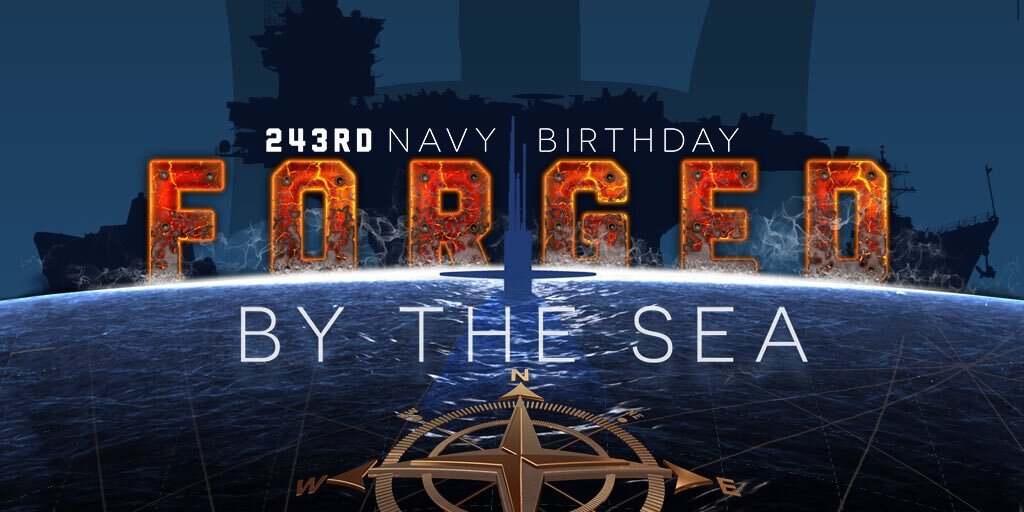You are using an out of date browser. It may not display this or other websites correctly.
You should upgrade or use an alternative browser.
You should upgrade or use an alternative browser.
nivek
As Above So Below

Happy 243rd Birthday to the U.S. Navy!
On October 13, 1775, the Continental Congress commissioned two ships, each with eighty sailors, “for intercepting such transports as may be laden with warlike stores and other supplies for our enemies.” The foe at the time was Great Britain, whose navy ruled the seas. By the end of the Revolutionary War, the Continental Navy had grown to about fifty ships. In 1789, the U.S. Constitution guaranteed the navy’s future by granting Congress the power “To provide and maintain a navy.”
.
Toroid
Founding Member
In bold are the names of the first naval ships.
Happy 243rd Birthday to the U.S. Navy!
On October 13, 1775, the Continental Congress commissioned two ships, each with eighty sailors, “for intercepting such transports as may be laden with warlike stores and other supplies for our enemies.” The foe at the time was Great Britain, whose navy ruled the seas. By the end of the Revolutionary War, the Continental Navy had grown to about fifty ships. In 1789, the U.S. Constitution guaranteed the navy’s future by granting Congress the power “To provide and maintain a navy.”
.
Continental Congress authorizes first naval force - HISTORY
History of US Navy Ships
On this day in 1775, the Continental Congress authorizes construction and administration of the first American naval force—the precursor to the United States Navy.
Since the outbreak of open hostilities with the British in April, little consideration had been given to protection by sea until Congress received news that a British naval fleet was on its way. In November, the Continental Navy was formally organized, and on December 22, Esek Hopkins was appointed the first commander in chief of the Continental Navy. Congress also named four captains to the new service: Dudley Saltonstall, Abraham Whipple, Nicholas Biddle and John Burrows Hopkins. Their respective vessels, the 24-gun frigates Alfred and Columbus, the 14-gun brigs Andrew Doria and Cabot, as well as three schooners, the Hornet, the Wasp and the Fly, became the first ships of the Navy’s fleet. Five first lieutenants, including future American hero John Paul Jones, five second lieutenants and three third lieutenants also received their commissions.
George Washington, was first tasked with assessing the feasibility of an attack on British naval forces in the Chesapeake Bay. After sailing south with his meager force of eight ships, Hopkins decided that victory in such an encounter was impossible. He sailed to the Bahamas instead, where he attacked the British port of Nassau, a decision for which he was relieved of his command upon returning to the continent.
During the American Revolution, the Continental Navy successfully preyed on British merchant shipping and won several victories over British warships. This first naval force was disbanded after the war. What is now known as the United States Navy was formally established with the creation of the federal Department of the Navy in April 1798.

